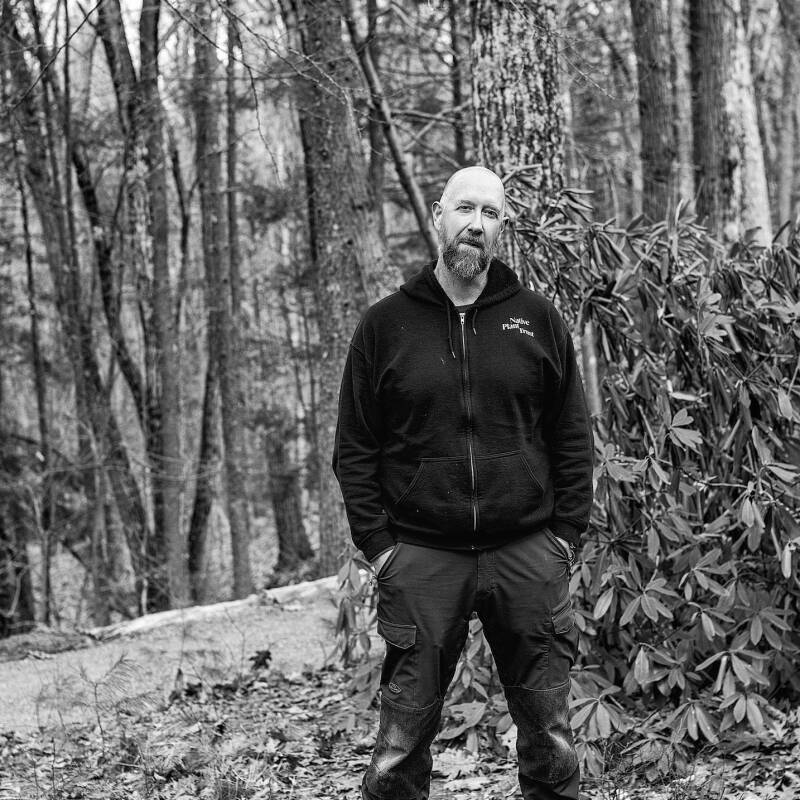For the first time in its history, the Chelsea Flower Show opened its flower-strewn gates in a one-off autumn slot this week, after the pandemic halted the previous two shows in spring 2020 and 2021. And amongst the pristine plots there was another first—in the form of the show’s first organic garden created by designer Tom Massey.
While the push for a Chelsea Flower Show with a lighter carbon footprint and more thoughtful approach to waste and sustainability saunters on, Massey’s beautiful gold medal winning design for the organic 600 acre Somerset dairy farm, Yeo Valley, leads the way—with true beauty and an entirely thoughtful and common sense approach to gardening and biodiversity that we can all learn from.
Photography by Britt Willoughby Dyer.
1. Borrow from the landscape.

A lighter carbon footprint means repurposing and reusing, and that was evident from the ground up. “There’s not really any hard landscaping,” says Tom who created stepping stone paths from hulks of stone found around the farm. And while other gardens are edged in pristine green turf, the borders of this garden have long grass lifted from the farm’s grazing meadows—and will be returned after the show.
2. Prioritize “hard-grown” plants.

Like many growers who raise plants more sustainably, Tom chose plants that are ‘grown hard’—that means that they are not cosseted or protected or over-fertilized to create lush growth. But as a result they are resilient and adaptable but no less beautiful.
3. Consider biochar.

Like everything else here, the charred logs have their roots on the farm and were created using fallen ash trees that had been struck with ash dieback. Each one will be transformed into biochar after the show. And beyond its material splendor, there’s a serious message of replenishing soils with these supercharged blocks of carbon which hold moisture in the soil, increase the mycorrhizal funghi, absorb and trap pollutants and bring beneficial minerals too. Yeo Valley’s owner Sarah Mead, who worked closely with Tom on the garden, is a longtime devotee to this soil booster and added that the benefits were also noted at the nursery Hortus Loci, where most of the plants for the garden were organically grown. (To learn more, see The Garden Decoder: What Is ‘Biochar’?)
4. Pick trees that feed wildlife.

Perimeter trees were chosen not just for their beauty but their benefits to wildlife too.
5. Let there be water.

The farm’s feeding troughs inspired the stunning rusted water feature that feeds the pool and stream that runs through the whole garden, creating a soothing audio backdrop to the garden but also providing a water source for visiting insects and wildlife.
6. Don’t forget the fun.

In the center of the garden, a whimsical centerpiece comes in the form of a steambent wooden pod that can be raised via a pulley system. Like the garden, it illustrates how creating something beautiful and organic can also be magical and fun too.
For more on the 2021 Chelsea Flower Show, see:
For more on sustainable and organic gardening, see:
- The Garden Decoder: What Does ‘Organic Gardening’ Really Mean?
- 10 Ideas to Steal from Organic Gardens Around the World
- Landscaping Ideas: 16 Simple Solutions for Sustainability












Have a Question or Comment About This Post?
Join the conversation (0)